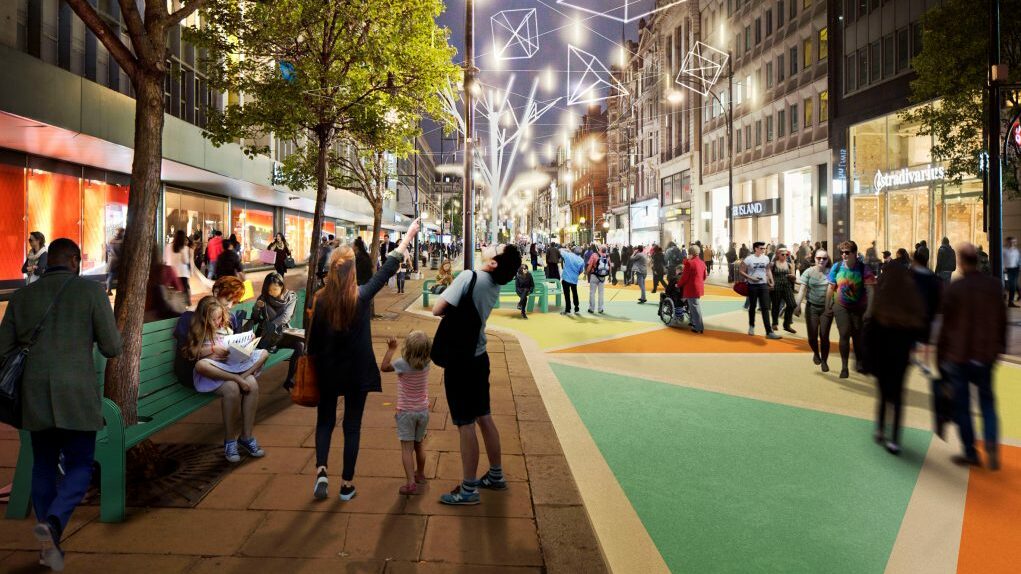
Zaha Hadid just developed the research initiative “Walkable London”, which could turn large parts of the inner-city of London into pedestrian zones.
Billboard
Skyscrapper
Halfpage
Nearly every larger city struggles with traffic congestion nowadays. As diverse as the cities, so diverse are the suggestions for this problem. For London Zaha Hadid Architects just proposed the multi-staged research initiative “Walkable London”, which turns wide areas in the central city into pedestrian zones. Traffic jams, air pollution and the general quality of life would be tackled by this project. Step by step major boulevards should be freed from car traffic, until a cross-shaped pedestrian area evolves, being nearly half as large as London’s congestion charge zone.
Stage I: Oxford Street
The pedestrianisation of the Oxford Street is already decided. Mayor Sadiq Kahn revealed a traffic concept for Europe’s busiest shopping street in 2017. Around half a million people are passing through the street day by day, sharing the space with two traffic lanes. According to Kahn’s office, every seven days a pedestrian was involved in a collision. The new concept bans all cars and bikes on neighbouring streets and levels the ground, making it accessible for wheelchair users. Oxford Street could then be fitted with trees and benches, creating a sequence of public plazas. The former area of congestion is expected to be transformed into a vibrant area of interaction and public art.
Last Stage: Walkable London?
As the northern border of the pedestrian cross, the Oxford Street is an important piece in the ambitious Walkable London initiative. And it is very likely that some more streets will follow in the future. But is it possible to transform such large areas into pedestrian zones? In any case, the introduction of the congestion charge in 2003 did not lead to a feared gridlock. Around 30% fewer cars are in London’s city today, while more people are using public transport and some avoid driving in that area. 300 more buses were necessary to meet increased traffic demands. The concept for the Oxford Street is also encouraged by a new underground Line, the Elizabeth Line, which runs directly under the shopping boulevard. A last stage of Walkable London however, would need more measures. Since not everyone can be transported by subway, alternate transport systems like buses and bicycles must be implemented too. In addition, the concept would have to deal even more with the shift of traffic to neighbouring areas, causing congestions there.
Remarkable London? In 2018 the sculpture “The Mastaba” by Christo was visitable in London’s Hyde Park. Click here for more information about the project.













